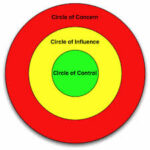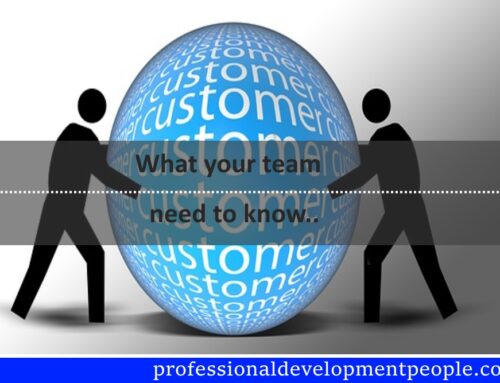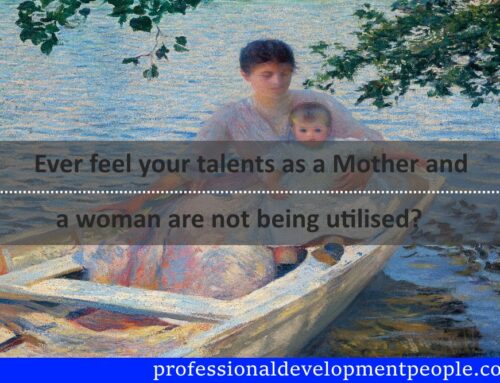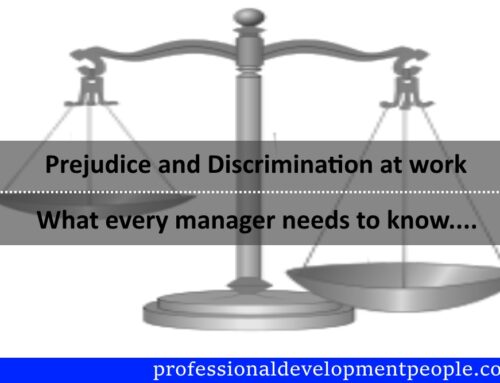This article is aimed at an audience who understands the complexities of change. It’s for those of you who work in businesses where you are used to discussing and planning how to achieve goals with your staff or paying clients, and generally you are successful at it. My question to you, is do you practice what you preach? Do you achieve the equivalent of New Years Resolutions, when it’s a personal goal? This article is to jog your memory of some of the tools at hand to make these wants or wishes a reality and achievable.
It’s that time of year again, when your motivation levels are high, and you decide to make New Years Resolutions. This may happen due a need for change, high stress levels, a firm resolve or through too much alcohol! Actually it doesn’t matter how they came about, the question now is can you achieve them? Generally most of us make some resolutions, and think about how life would be different if only we could stop smoking, be fitter, improve our performance to get that new job or move to a bigger house. We tend to look at a problem, decide we don’t want that situation any more, make some attempts to stop the problem being a problem, such as try and cut down on the cigarettes, join a gym, enquire about new jobs or begin house hunting, without much thought into really planning to achieve our goals. We have launched ourselves into meeting our resolutions and if energy and enthusiasm could make it happen, we’d be a non-smoker, at our target weight working as a CEO and living in our dream house by February! Unfortunately, these two things are not enough, and as you all know, change takes time and emotional energy, and is often difficult to accept.
6 top tips to meet your goals and resolutions
I’ve put together 6 top tips from theories and training tools that should be already familiar to you, to improve your effectiveness in achieving these New Years Resolutions. Your challenge, is to make these happen!
1 Understand your goal
To do this, you must understand why you’re setting this goal? Is it you, or are you under pressure from someone or something else? Do you want to cut down on alcohol because you think you should, for health reasons, or because your partner wants you to? If it’s your objective go ahead and plan how you’re going to achieve it. If it’s someone else’s, then are you really committed to it?
Secondly, you must understand why you are setting this objective now? Is it just because it’s the thing to do over New Year, or are there more fundamental reasons for this decision, i.e. job cuts will be made this year so looking to move jobs is proactive, or there are deals on gym memberships that mean taking up exercise will be cheaper now than later on in the year.
2 Know what you can influence
One of the first rules of engaging in changing an aspect of your personal or working life, is to understand what you can influence and what is beyond your control. There are a variety of methods you can use to examine influence, but the one shown here is the most basic and will give you an initial starting point.
You need to ask whether you are completely in control of this objective or are there factors outside of your control that you need to consider? If you wish to move house, but the housing market is stagnant or prices have dropped, this is outside your sphere of influence and you have no control over it. As a result, you may have to hold back on looking to move until later on in the year. However, there may be issues you can influence, such as applying for higher paying jobs in other areas, with a relocation package. If you are the ideal candidate for the job, the company may agree to wait for you to move and give you some control on that time scale. Check out our previous blog on leverage.
3 Who can support you?
In terms of influencing, you must also be honest about who could influence your objective positively and be supportive, or hold you back, distract you and potentially be detrimental to you reaching your goal? The diagram shows a simple way to look at your stakeholders, in particular those that have the ability to affect the outcome of your goal setting. You need to map these stakeholders to the grid so that you can then employ the right tactics to maximise or indeed eliminate their impact. 
Blockers – throw things at you that “block” your progress. When you are trying to lose weight these people constantly say “a little treat won’t hurt….” they are always buying the doughnuts.
Foot Draggers – stall you, take up your time with unnecessary garbage. Similar to the small unwilling child on a shopping expedition.
Networkers – have loads of useful ideas and contacts that you could tap into, but don’t have much power. When you try to quit smoking these guys might have failed themselves, but have great ideas about how to do it, know self help groups and others who have done it.
Allies – have the power and inclination to help you, and could act as a mentor, but you need to manage them carefully.
4 Set clear objectives
Once you have decided on your resolutions or goals, use the SMART mnemonic acronym designed by Peter Drucker to help you set clear objectives. There are slight variations of the meaning of certain letters and I have used the ones below to help with your personal objective setting. 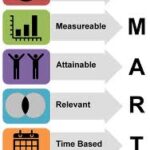
Put simply, does your target focus on a SPECIFIC area for improvement or is it too vague or too large a leap to make? Have you included any MEASURABLE factors to show when progress is being made, such as quality, quantity, time, cost or behaviour changes? These could include you wanting to lose X amount of weight by a certain date, be down to 5 cigarettes a day, researching job/project opportunities across your company by a certain date and so on. Is your New Years resolution ACHIEVABLE? Is it appropriate and attainable in the period of time and with the resources you have allocated to it? Do you have the skills to achieve your goal? How RELEVANT is the goal to you at this time? There is a difference between wanting to lose weight for yourself or your health, as opposed to being nagged to do so by your partner. Lastly, have you made the objective TIME-BOUND? Using a time frame will force you to look at the other components of the acronym and review what can realistically be achieved in the allotted time.
I’ve included a link to the Chartered Management Institute, who have clearly set out this principle and outlined an action check-list and suggested terminology to ensure you get this aspect of planning right.
5 Accept change is difficult
You will need to accept that things will go wrong, and the path of change will not be smooth or easy, if it was, you would have made these decisions before now and followed them through. When issues happen, have confidence and reflect on the previous tips and remind yourself why you made the resolutions and why it was important for it to happen now. Refer to Fisher’s Transition Curve in my last article, and click on the link to understand the various emotional states you may go through when making significant changes. If your resolution is to cut down drinking, smoking or change your diet, also take into consideration any impact the withdrawal from alcohol, nicotine or sugar may have on your mood and energy levels. What support networks do you have in place to help and encourage you in continuing with your goal when times are difficult, or you encounter problems? Do you need to adapt your initial goal or resolution? Refer back to your SMART objective and see what needs to be re-defined to allow you to get back on track.
6 Focus on ‘solution-building rather than problem-solving’
This is an aspect of Solution Focused Brief Therapy, and examines what current resources you have available to help you meet your future goals, rather than recycling past problems and getting stuck with current obstacles. Relate it the Strengths and Opportunities boxes on a SWOT Analysis, rather than the weaknesses and threats boxes. It’s about looking forward and moving one step at a time. This is an approach used by counsellors and those involved in the psychiatric field, but I think individuals could use the 0-10 scales or steps to help them plot their progress. Zero is the worst possible scenario, whilst 10 is the achievement of the goals. You need to consider where you are in the pursuit of your objective. I use this ladder approach in coaching and people often find they are at stage 3 or 4 and not 0 as they expected. What are you already doing to achieve your resolution or goal? Each time you think of a positive and pro-active action, move up a step. If you have already decided to give up smoking due to the health benefits, or are looking at low caloric recipes on a food website, you are already on the ladder. What next small step could you take to help move you nearer to your goal?
Contact me and let me know how you are doing in terms of meeting your New Years resolutions? Good luck.
Please tweet or email me at paula@professionaldevelopmentpeople.co.uk and


